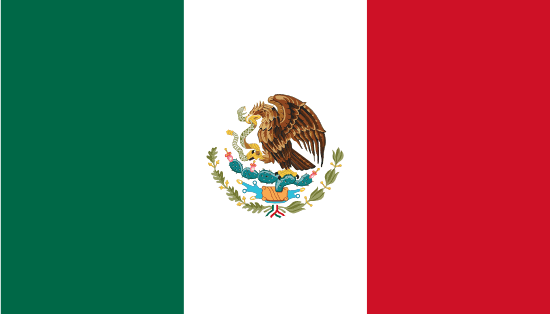"El esfuerzo es nuestra fuerza | Effort is our strength"
About:
Querétaro, Mexico, was founded in 1531, during the Spanish conquest. It played a significant role in Mexico's Independence War and the drafting of the 1917 Constitution. Known for its well-preserved Spanish colonial architecture, it was declared a UNESCO World Heritage Site in 1996. Today, it's a vibrant city with a growing economy, focusing on the aerospace, automotive, and IT industries.
When to visit:
Querétaro, a charming city in central Mexico, experiences a pleasant climate throughout the year, making it an ideal destination for holiday travel. However, the best time to visit Querétaro is during the dry season, which typically runs from November to April. During this time, you can expect clear skies, moderate temperatures, and minimal rainfall, providing optimal conditions for exploring the city's historic sites and vibrant culture. Additionally, visiting during the holiday season in December offers the opportunity to witness festive celebrations and traditional events unique to Mexican culture.
When to avoid:
Traveling to Querétaro, Mexico during the holiday season may not be the best choice for tourists seeking a peaceful and less crowded experience. The peak travel season in Querétaro typically falls during the Christmas and New Year holidays, resulting in larger crowds, higher prices, and limited availability of accommodations. Additionally, major holidays in Mexico, such as Dia de los Muertos and Independence Day, can attract even larger crowds and lead to potential traffic and logistical challenges for travelers. To avoid the peak holiday season, visitors may want to consider traveling to Querétaro during the off-peak months to enjoy a more relaxed and authentic experience.
"Winter Season (Dec-Feb)"
In Querétaro, the wettest season runs from June to September. Daily temperatures average around 22°C, but heavy rainfall is common, bringing up to 140mm in July alone. Sunlight hours are reduced to 5-6 hours per day due to cloud cover. Mornings often start out sunny, but by afternoon, thunderstorms roll in, creating a dramatic, yet beautiful, atmosphere. Despite the rain, the city remains vibrant, with the greenery flourishing under the rain showers. For visitors, it's advisable to carry an umbrella or raincoat for sudden downpours.
Summer (May-October)
The warmest part of the year in Querétaro, Mexico typically spans from April to June. During this period, the average high temperatures range from 81°F (27°C) to 87°F (30°C), while the average low temperatures are between 55°F (13°C) and 60°F (16°C).
Rainfall is relatively low in the early part of this period but begins to increase in June, marking the onset of the rainy season. However, the showers are typically brief and intense, often occurring in the late afternoon or evening. The average monthly rainfall ranges from 0.5 inches in April to 3.5 inches in June.
Sunlight is abundant during this time, with an average of 7-8 hours of sunshine per day. The days are typically clear or partly cloudy, with cloud cover increasing as the rainy season approaches.
Humidity levels are moderate, usually around 50-60%, making the heat more tolerable. However, it can feel quite hot in the peak afternoon hours, especially in the sun.
For a visitor, a typical day during the warmest part of the year in Querétaro would start off cool and gradually warm up, reaching peak temperatures in the afternoon. The heat may be intense around midday but is usually tempered by a breeze. The evenings are cooler and can be quite pleasant, especially after a rain shower. Despite the heat, the weather is generally good for outdoor activities, sightseeing, and exploring the city's cultural and historical attractions.
Language:
In Querétaro, the most commonly spoken language is Spanish, as it is the official language of Mexico. However, due to its status as a rapidly growing industrial and educational hub, English is also frequently used, particularly in business and academic contexts. A small proportion of the population also speaks indigenous languages, such as Otomi.




